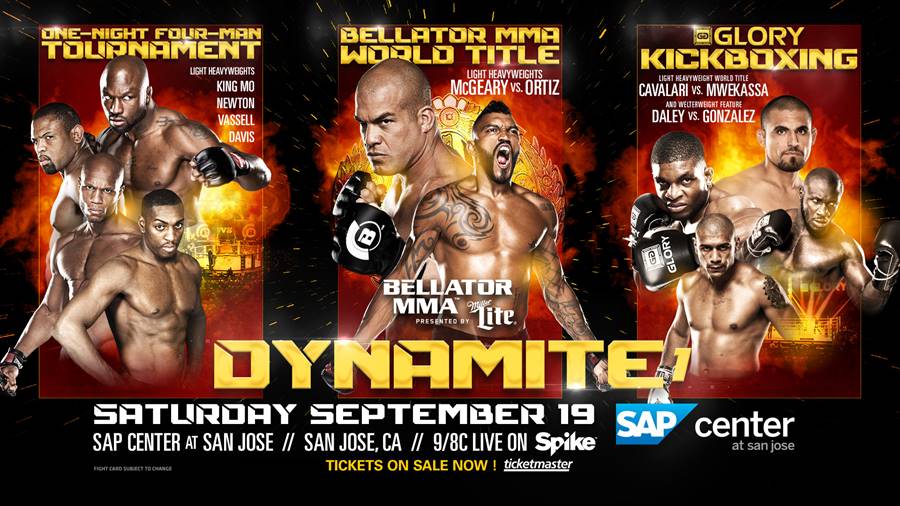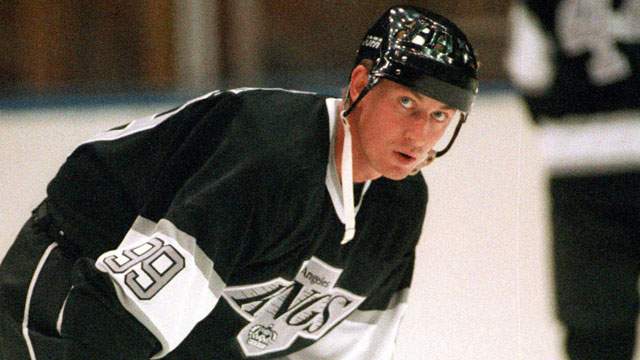August 9th, 1988. This is the day where hockey fans ask: where were you when it happened?
I can tell you where I was: I did not exist yet, not for another 10 months at least, which is too bad because I love hockey history and this was arguably the single biggest event in hockey history. Sure, you can argue the 1967 expansion or even the disgrace of the 2004 NHL Lockout were more important, but for me it’s the Gretzky Trade. This is an event I even wrote a paper about for a Canadian History class, despite not having lived through it.
On August 9th, 1988, fresh off his fourth Stanley Cup, Wayne Gretzky was traded from the Edmonton Oilers to the Los Angeles Kings. As we edge closer to 30 years since the deal (sitting at 28 years right now), I look back at some of the winners and losers, nearly three decades later.
Backstory
The trade itself was very unique in circumstances. Peter Pocklington, then owner of the Edmonton Oilers was running into financial trouble. Pocklington viewed Gretzky as a depreciating asset while Bruce McNall, the new owner of the Los Angeles Kings, wanted to make a splash. The Kings were a struggling team: they were always considered the ugly step-sister to their co-tenants in the LA Forum, the Los Angeles Lakers. The Lakers were one of the best teams in the 70s and 80s. The Kings? Not so much.
Since coming into the league, the Kings struggled to gain a foothold on the West Coast. McNall was thinking big: landing the NHL’s star in the city of stars. It all started with was a simple question: Was Gretzky available?
Talks escalated and McNall was granted permission to speak directly to Gretzky. One shrewd move during negotiations was McNall putting Pocklington on speaker phone while Gretzky was in the room. Pocklington would trash Gretzky, unknowing that Wayne was present in the room.
In the end, bridges were burned, the trigger was pulled and the trade was announced at Edmonton’s Molson House on August 9th, 1988.
The Transaction
Gretzky, along with Mike Krushelynski and Marty McSorely, was traded to the Los Angeles Kings. In return, the Edmonton Oilers received Jimmy Carter, Martin Gelinas, a 1989 first round pick (later traded to New Jersey), 1991 first round pick (Martin Rucinsky) and a 1993 first round pick (Nick Stajduhar). Also included in the deal was $15 million to the Edmonton Oilers.
This was not so much a trade, but a sale.
Winner: The Los Angeles Kings (up until 1993)
No, the Kings didn’t win just by getting the best player in the NHL. The Los Angeles Kings became the marquee event in the city. Games were sold out and celebrity fans would flock to watch the greatest player that ever lived. The Kings also received a makeover physically: gone were the Purple and Yellow Jerseys. In were the Black and Silver, not unlike the (then) Los Angeles Raiders.
With the Kings, Gretzky would make the playoffs up to 1994. In 1992-93, Gretzky led the Los Angeles Kings to his last Stanley Cup Finals, where they were defeated by the Montreal Canadiens. Gretzky was still an elite player and one of the best in the NHL, but he’d lost a step since his Edmonton days.
Despite the success of the Kings, Bruce McNall was forced to declare bankruptcy in 1993. McNall’s carefree ways with his money would hurt the Los Angeles Kings severely, to the point where the new ownership struggled to make payroll. McNall would later face six years in prison due to fraud.
McNall’s bankruptcy would lead to the dismantling of the Kings, who would eventually send Gretzky to St. Louis in 1995.
Loser: The Edmonton Oilers
Sure, the Oilers won a cup after the August 1988 trade, this time without Wayne Gretzky. After the trade of Wayne Gretzky (or even Paul Coffey) the salary landscape of the NHL started to change. The Edmonton Oilers, with a cash strapped owner, could not compete with the escalating pay of players. Slowly over a span of years, the great dynasty was dismantled.
The return on the Gretzky trade was horrible. Jimmy Carson would only play a season, unable to live up to the billing of being the guy traded for Gretzky and was shipped to Detroit for Adam Graves, Petr Klima and Joe Murphy. The trio would play a big part with the 1990 cup run.
Gelinas was a marginally useful player for the Oilers, but only scored 40 points as a high while in his four seasons with Edmonton. He would have a long career in the NHL as a useful if not unspectacular player.
The 1st round picks were all near useless. One was traded to New Jersey. Martin Rucinsky was a good player, but only played two games in Edmonton. Nick Stajduhar also played two games in Edmonton. That’s it. A total of four NHL games with the Oilers between two first round picks.
Pocklington was 15 Million dollars richer, but that did not last long either.
Winner: The NHL
The NHL benefited from the Gretzky trade more than either involved team did.
Expansion began to take over. From 1992 to 2000, the NHL grew from 21 teams to 30. With the new exposure of Gretzky in a bigger market, it made sense to grow the game. I’m sure hockey purists will cringe when they hear hockey in San Jose, Anaheim, Tampa Bay, Nashville, Atlanta or Florida, but the game grew. Teams would later relocate to non traditional hockey markets, to the dismay of traditionalists: Minnesota to Dallas, Quebec to an already failed Denver, Winnipeg to Phoenix (A desert!) and Hartford to Carolina.
The league’s growth was a healthy one. Sure, there have been hiccups and some places have had more difficulty than others. Yet, when you see the culture that some teams have, having to develop their own grassroots to the sport.
Without having the biggest name in hockey in Hollywood, who knows if the teams would be have been viable.
Loser: Peter Pocklington
Peter Pocklington went from beloved to the most hated man in Edmonton in a span of 24 hours.
It was bad for Pocklington, to the point where he received death threats. Pocklington did not make any more friends after he threw Gretzky under the bus, claiming he was an outstanding actor and had the ego the size of Manhattan.
Pocklington would never be a popular figure. His businesses would crumble and in the late 90s, he came close to selling the team for relocation. To say Pocklington was a winner was like saying the Cleveland Browns are Super Bowl contenders.
Neutral: Gretzky
To call Gretzky a winner is difficult. Sure, he helped transform Los Angeles and helped grow the game of hockey but on an individual level, time took its toll. Gretzky would not produce like he did in Edmonton. He would never win another Stanley Cup. Finally, Gretzky would miss the playoffs for the first time ever in his career.
Even in ESPNs 30 for 30, Gretzky laments about winning more Stanley Cups if he stayed in Edmonton. While he is humble and considered the move bigger than himself, you’d have to think it ate at him. The supporting roster in Los Angeles was never as well stacked as Edmonton, even with acquiring former Oilers such as his linemate Jari Kurri, goaltender Grant Fuhr, defencemen Paul Coffey and Charlie Huddy.
This is the most important event that took place in hockey. It transformed the entire hockey landscape. Sure, franchise players like Joe Montana, Babe Ruth, Michael Jordan would eventually play for other teams, but not one of them was actually traded like Gretzky. It is a truly monumental event, not just in hockey but most likely in all of sport.
Some recommended readings/watchings:
Gretzky Tear’s By Stephen Brunt is an excellent read. It goes into detail about the characters behind the trade and the day itself. It’s a great behind the scenes look of how the trade took place.
For watching, I’d recommend A Day That Changed the Game which is on YouTube right here . Also another good watch is ESPN’s 30 for 30: A King’s Ransom, but I’m not sure where you can find it though.
Add The Sports Daily to your Google News Feed!










